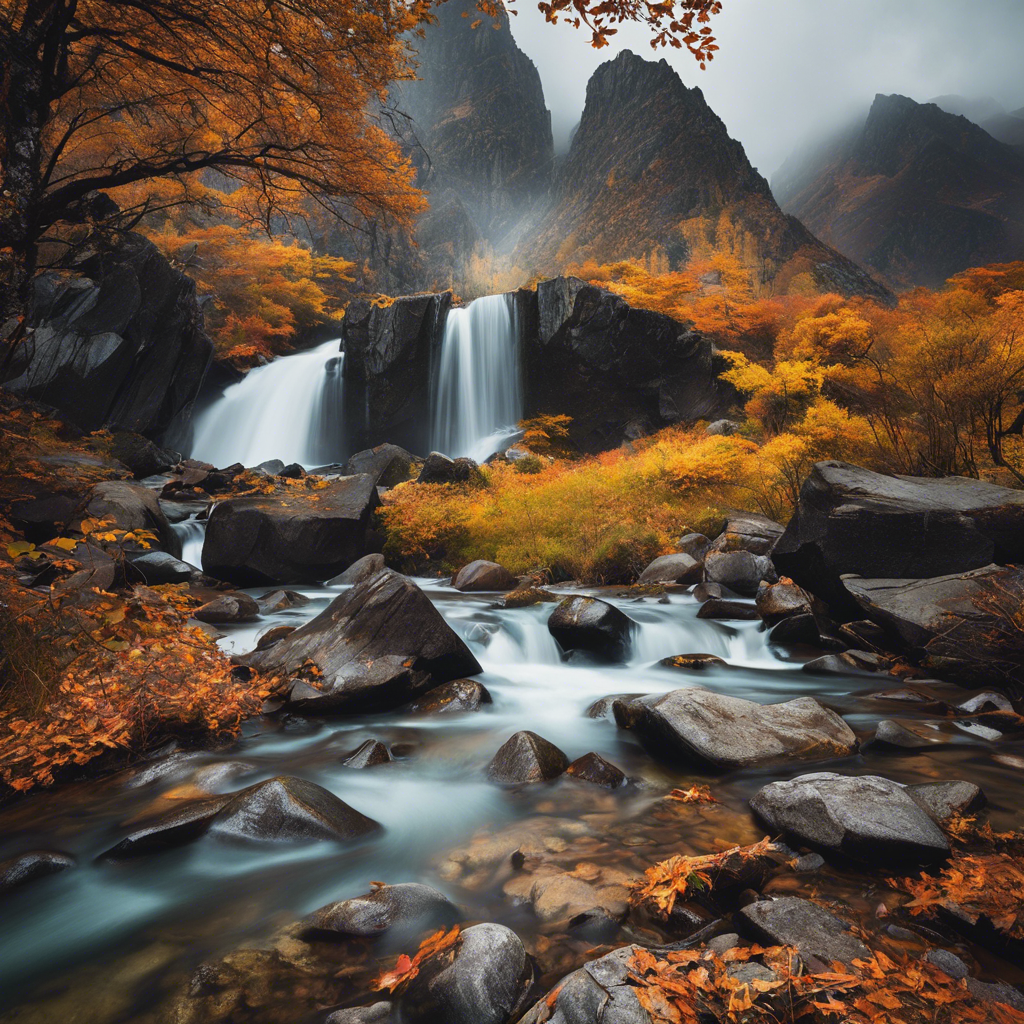Taking sharp, crisp photos can be a challenge, but it’s a rewarding skill to master. Here are ten tips to help you improve the sharpness of your images and take your photography to the next level:
1. Stabilize Your Camera: Camera shake is one of the main causes of blurry photos. To avoid this, stabilize your camera by using a tripod or placing it on a solid surface. If you’re shooting handheld, hold your camera close to your body and brace your elbows against your sides for additional support.
2. Use a Fast Shutter Speed: Choosing a faster shutter speed can help freeze motion and prevent blur caused by camera shake or moving subjects. As a general rule, your shutter speed should be faster than your focal length. For example, if you’re shooting with a 200mm lens, your shutter speed should be 1/200th of a second or faster.
3. Adjust Your Aperture: The aperture of your lens affects the depth of field, or the zone of sharp focus, in your images. For maximum sharpness, it’s often best to use a narrow aperture (higher f-stop number) as this will give you a larger depth of field. However, be mindful that too narrow an aperture can lead to diffraction, which can also reduce sharpness.
4. Focus Carefully: Pay attention to your camera’s focus points and ensure they’re positioned on your desired subject. Use manual focus if your camera struggles to focus automatically in certain situations.
5. Use a Remote Shutter Release: To eliminate any potential camera shake caused by pressing the shutter button, use a remote shutter release or the self-timer function on your camera. This is especially useful when shooting long exposures or macro photography.
6. Choose the Right Lens: Different lenses have varying sharpness characteristics. Prime lenses (with fixed focal lengths) tend to be sharper than zoom lenses. Also, look for lenses with image stabilization technology, which can help counteract camera shake.
7. Understand Your Camera’s Sensor Size: The size of your camera’s sensor affects the depth of field. Smaller sensors provide a deeper depth of field at any given aperture setting compared to larger sensors.
8. Shoot in Raw Format: Raw files retain more data and offer greater flexibility when editing compared to JPEGs. This allows you to make adjustments to sharpness and other details during post-processing.
9. Focus on Proper Lighting: Insufficient light can lead to blurry photos as your camera may compensate with a slower shutter speed. Ensure you have adequate lighting or use a flash to freeze motion and capture sharper images.
10. Practice Good Technique: Lastly, pay attention to your technique. Hold your camera straight and level to avoid converging verticals, and be mindful of your body position to maintain stability.
By following these tips and practicing your technique, you’ll be well on your way to capturing sharper, more captivating photos that truly stand out. Happy shooting!
